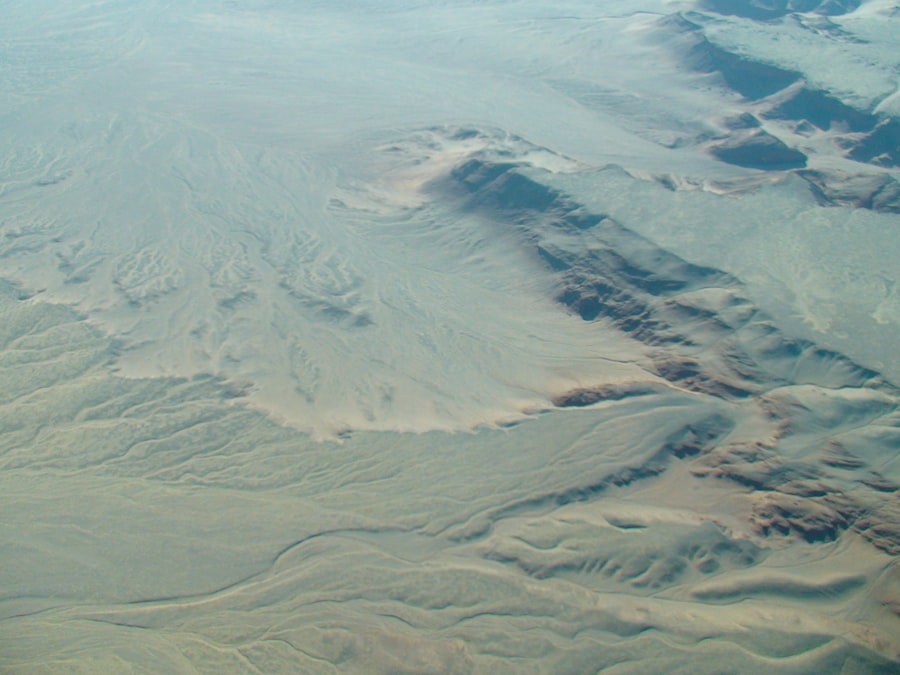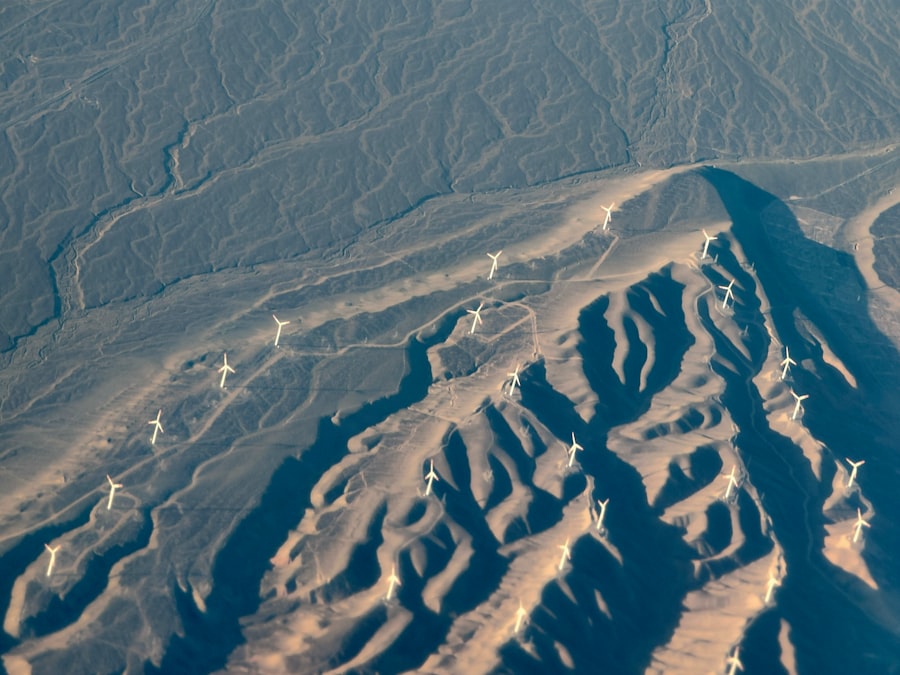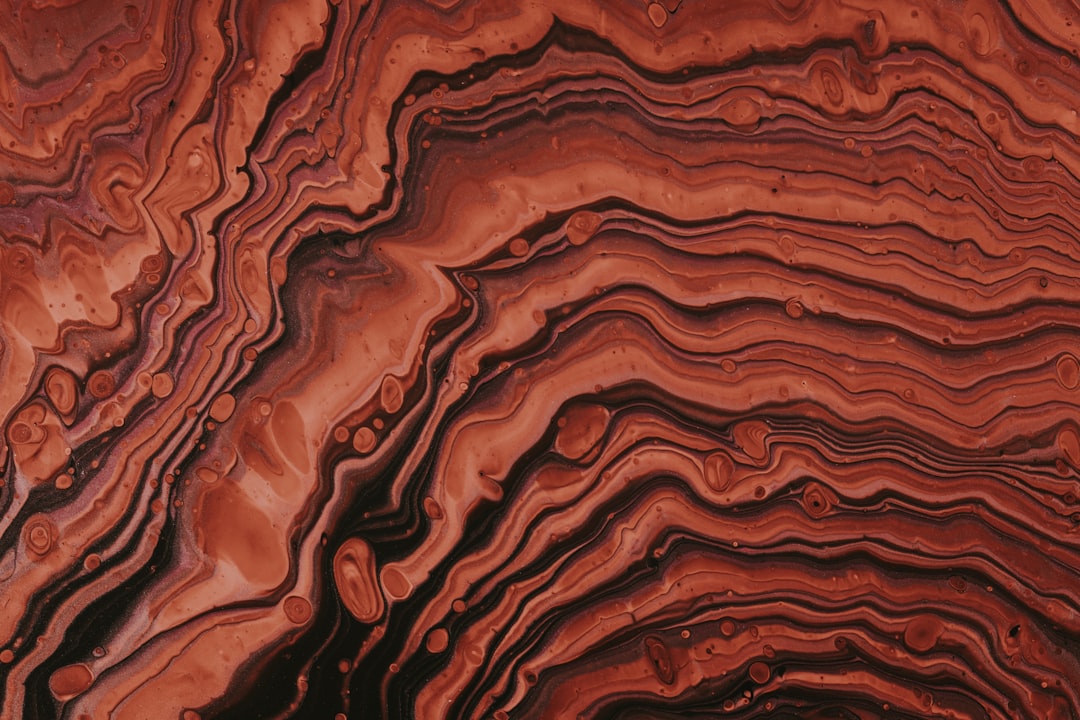Subducted slabs are a fundamental component of the Earth’s dynamic system, representing the remnants of tectonic plates that have descended into the mantle. These slabs are formed at convergent plate boundaries, where one tectonic plate is forced beneath another in a process known as subduction. This phenomenon is not only a key driver of geological activity but also plays a crucial role in shaping the planet’s surface and influencing its internal processes.
The study of subducted slabs provides valuable insights into the mechanisms of plate tectonics, the formation of geological features, and the overall evolution of the Earth. Understanding subducted slabs is essential for grasping the complexities of Earth’s geology. These structures can vary significantly in size, composition, and age, reflecting the diverse nature of the tectonic plates from which they originate.
As they descend into the mantle, subducted slabs undergo various physical and chemical transformations, which can have far-reaching implications for both the mantle’s behavior and the surface phenomena associated with tectonic activity. By examining these slabs, geologists can unravel the intricate relationships between tectonic processes and the Earth’s geological history.
Key Takeaways
- Subducted slabs are portions of the Earth’s lithosphere that have been forced beneath another tectonic plate.
- Subducted slabs play a crucial role in the movement and interaction of tectonic plates, influencing the Earth’s surface features and geological processes.
- Subduction zones are the primary locations where subducted slabs are formed, as one tectonic plate is forced beneath another.
- The impact of subducted slabs on the Earth’s mantle includes the recycling of material and the generation of earthquakes and volcanic activity.
- Studying subducted slabs is essential for understanding plate tectonics and the future implications on the Earth’s geological processes.
The Role of Subducted Slabs in Plate Tectonics
Subducted slabs play a pivotal role in the theory of plate tectonics, acting as a driving force behind many geological processes. As one tectonic plate is forced beneath another, it creates a zone of intense pressure and temperature, leading to the generation of earthquakes and volcanic activity. This interaction between plates not only contributes to the recycling of materials within the Earth but also influences the movement of tectonic plates themselves.
The gravitational pull of descending slabs can create forces that drive the motion of adjacent plates, thereby perpetuating the cycle of plate tectonics. Moreover, subducted slabs are instrumental in the transfer of heat and materials from the Earth’s surface to its interior. As these slabs descend, they carry with them water, carbon, and other volatile compounds that can alter the melting behavior of mantle rocks.
This process can lead to the formation of magma and contribute to volcanic activity at the surface. The interaction between subducted slabs and the surrounding mantle is a complex interplay that underscores the importance of these structures in understanding not only plate movements but also the thermal and chemical evolution of the Earth.
Subduction Zones and the Formation of Subducted Slabs

Subduction zones are characterized by their unique geological features, where one tectonic plate is thrust beneath another. These zones are typically found at convergent plate boundaries, where oceanic plates collide with continental or other oceanic plates. The formation of subducted slabs occurs as a result of this collision, leading to a variety of geological phenomena such as deep ocean trenches and volcanic arcs.
The process begins when an oceanic plate, which is denser than its continental counterpart, begins to sink into the mantle due to gravitational forces. As the oceanic plate descends, it creates a trench at the surface, marking the location of the subduction zone. The descending slab can reach depths of hundreds of kilometers, where it encounters increasing temperatures and pressures.
This environment causes significant changes in the physical and chemical properties of the slab, leading to its eventual transformation into a more fluid-like state as it interacts with the surrounding mantle material. The dynamics within subduction zones are complex and can vary widely depending on factors such as plate composition, angle of descent, and surrounding geological conditions.
The Impact of Subducted Slabs on Earth’s Mantle
| Metrics | Impact |
|---|---|
| Temperature | Raise the temperature of the surrounding mantle |
| Viscosity | Decrease the viscosity of the mantle, making it more fluid |
| Convection | Alter the pattern of mantle convection |
| Chemical Composition | Introduce new chemical elements and compounds into the mantle |
The presence of subducted slabs has profound implications for the Earth’s mantle, influencing its composition, temperature distribution, and overall dynamics. As these slabs descend into the mantle, they introduce cold, dense material that alters the thermal structure of this layer. This influx of cooler material can create localized regions of lower temperatures within the mantle, affecting convection patterns and potentially leading to changes in mantle flow dynamics.
Additionally, subducted slabs can release water and other volatiles into the mantle as they undergo metamorphic processes. This release can lower the melting point of surrounding rocks, facilitating magma generation and contributing to volcanic activity at the surface. The interaction between subducted slabs and mantle material is a critical aspect of understanding how heat and materials are transferred within the Earth, ultimately influencing geological processes such as mountain building and earthquake generation.
Subducted Slabs and the Generation of Earthquakes
One of the most significant consequences of subducted slabs is their role in generating earthquakes. The intense pressure and friction that occur at subduction zones create an environment ripe for seismic activity. As tectonic plates interact, stress builds up along fault lines until it is released in sudden bursts, resulting in earthquakes.
These seismic events can vary in magnitude and depth, with some occurring at shallow depths near the trench while others can originate from much deeper within the Earth. The relationship between subducted slabs and earthquakes is particularly evident in regions known for their seismic activity, such as the Pacific Ring of Fire. Here, numerous subduction zones converge, leading to frequent and often powerful earthquakes.
The study of these seismic events provides valuable information about the behavior of subducted slabs and their interactions with surrounding geological structures. By analyzing patterns of seismicity, geologists can gain insights into the mechanics of plate movements and improve predictions for future earthquakes.
Subducted Slabs and the Formation of Volcanoes

Subducted slabs are also closely linked to volcanic activity, particularly in regions where oceanic plates descend beneath continental plates. As these slabs sink into the mantle, they release water and other volatiles that lower the melting point of surrounding rocks. This process can lead to partial melting and the generation of magma, which may rise to the surface and result in volcanic eruptions.
Volcanic arcs often form parallel to subduction zones as a direct consequence of this process. For instance, the Andes mountain range in South America is home to numerous active volcanoes that have formed as a result of subduction-related magma generation. The relationship between subducted slabs and volcanism highlights how these geological structures not only influence seismic activity but also contribute to shaping landscapes through volcanic eruptions.
The Influence of Subducted Slabs on Earth’s Surface Features
The impact of subducted slabs extends beyond seismicity and volcanism; they also play a crucial role in shaping Earth’s surface features. The processes associated with subduction lead to significant geological formations such as mountain ranges, ocean trenches, and island arcs. As one tectonic plate is forced beneath another, it can create immense pressure that results in uplift and deformation of crustal rocks, giving rise to towering mountain ranges like the Himalayas.
In addition to mountain building, subduction zones are responsible for creating deep ocean trenches that mark where one plate has descended beneath another. These trenches are some of the deepest parts of Earth’s oceans and serve as important indicators of tectonic activity. The interplay between subducted slabs and surface features illustrates how these geological processes are interconnected, shaping not only local landscapes but also influencing global geological patterns.
Subducted Slabs and the Recycling of Earth’s Material
Subducted slabs play a vital role in the recycling of Earth’s materials through their descent into the mantle. As these slabs sink, they carry with them sediments, minerals, and other materials from the Earth’s crust. This process contributes to a continuous cycle where surface materials are transported deep into the Earth’s interior, where they may undergo metamorphism or partial melting before being reintroduced into geological processes.
The recycling mechanism facilitated by subduction has significant implications for understanding Earth’s long-term evolution. It allows for the transfer of elements such as carbon back into the mantle, influencing global geochemical cycles. This recycling process is essential for maintaining balance within Earth’s systems and contributes to our understanding of how tectonic activity shapes not only surface features but also atmospheric conditions over geological time scales.
The Relationship between Subducted Slabs and Plate Boundaries
The relationship between subducted slabs and plate boundaries is fundamental to understanding plate tectonics as a whole. Subduction zones represent one type of convergent boundary where two plates interact in a manner that leads to significant geological activity. The characteristics of these boundaries are influenced by factors such as plate composition, age, and angle of descent.
At convergent boundaries where subduction occurs, one plate is typically an oceanic plate that is denser than its continental counterpart. This density difference drives the process of subduction and leads to various geological phenomena associated with these boundaries. Understanding this relationship helps geologists predict how different types of plate interactions will manifest in terms of seismicity, volcanism, and landscape formation.
The Importance of Studying Subducted Slabs for Understanding Plate Tectonics
Studying subducted slabs is crucial for advancing knowledge about plate tectonics and its associated processes.
By examining subducted slabs through various methods—such as seismic imaging or geochemical analysis—scientists can gain insights into their composition, behavior under pressure, and role in mantle dynamics.
Furthermore, understanding subducted slabs contributes to broader discussions about Earth’s evolution over time.
This knowledge is essential for developing models that predict future tectonic activity and its potential impacts on human populations.
Future Research and Implications of Subducted Slabs on Plate Tectonics
Future research on subducted slabs holds great promise for enhancing our understanding of plate tectonics and its implications for Earth’s geology. Advances in technology—such as improved seismic imaging techniques—allow scientists to study these structures with greater precision than ever before. This research could lead to new insights into how subducted slabs behave under extreme conditions or how they interact with surrounding mantle material.
The implications of this research extend beyond academic curiosity; understanding subducted slabs can inform disaster preparedness efforts related to earthquakes and volcanic eruptions in regions prone to such events. By improving predictive models based on slab behavior, scientists can provide valuable information to communities at risk from tectonic hazards. Ultimately, continued exploration into subducted slabs will deepen humanity’s understanding of Earth’s dynamic systems while fostering resilience against natural disasters linked to tectonic activity.
In the study of plate tectonics, the impact of subducted slabs plays a crucial role in understanding the dynamic processes of Earth’s lithosphere. These slabs, which are sections of the Earth’s crust that have been pushed beneath another plate into the mantle, significantly influence seismic activity, volcanic eruptions, and the creation of mountain ranges. For a deeper exploration of how these subducted slabs affect geological phenomena, you can refer to a related article on Freaky Science. This article delves into the intricate interactions between tectonic plates and the resulting geological features. To read more, visit Freaky Science.
WATCH THIS! The Earth is Trying to Swallow North America: The Unstoppable Geological Disaster
FAQs
What is a subducted slab?
A subducted slab refers to a portion of the Earth’s lithosphere that has been forced beneath another tectonic plate at a convergent plate boundary. This process occurs during the subduction of one tectonic plate beneath another.
How do subducted slabs impact plate tectonics?
Subducted slabs play a significant role in the process of plate tectonics. They can influence the direction and speed of plate movement, contribute to the formation of volcanic arcs and mountain ranges, and affect the distribution of seismic activity and earthquakes.
What are some of the specific effects of subducted slabs on plate tectonics?
Subducted slabs can cause the melting of the overlying mantle, leading to the formation of magma that can create volcanic arcs such as the Andes and the Cascades. They can also induce mantle flow and deformation, which can impact the overall movement and behavior of tectonic plates.
How do scientists study the impact of subducted slabs on plate tectonics?
Scientists use a variety of methods to study the impact of subducted slabs on plate tectonics, including seismic imaging, geodynamic modeling, and geochemical analysis of volcanic rocks. These methods help researchers understand the complex interactions between subducted slabs and the surrounding mantle and crust.
What are some of the ongoing research questions related to the impact of subducted slabs on plate tectonics?
Ongoing research in this field seeks to better understand the role of subducted slabs in driving plate tectonics, the mechanisms behind the formation of volcanic arcs, and the potential influence of subducted slabs on the long-term evolution of the Earth’s lithosphere.
